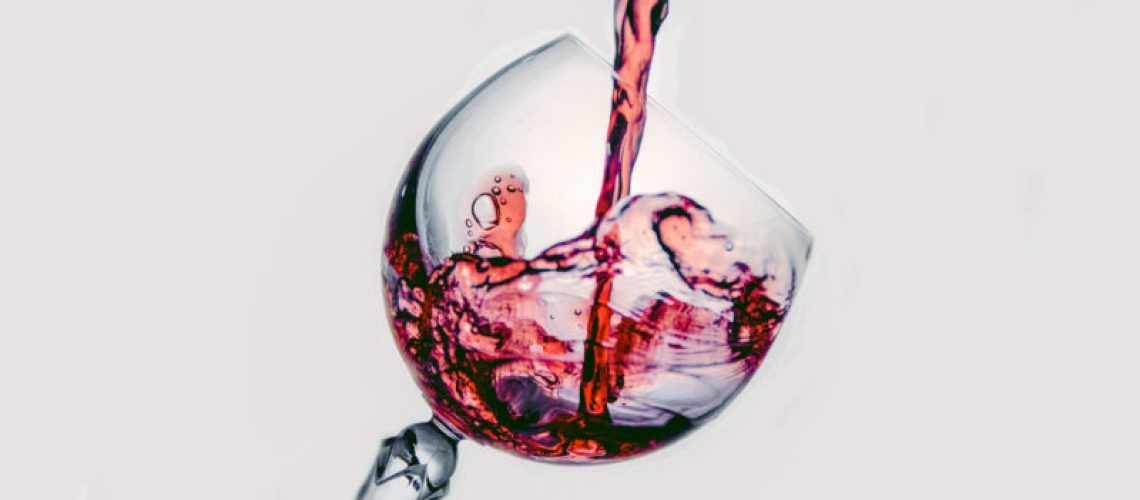Slow Oxidation is becoming a topic for conversation among the wine community worldwide. What is this method all about? It sounds complicated but it’s a simple concept. Slow oxidation is nothing more than uncorking a wine bottle and leaving it open for a couple of hours. For older wines it is recommended to leave the bottle open for up to 12 hours and other wines 4 to 5 hours. Logic tells us that when wine is naturally exposed to oxygen, but in lesser quantities, the wine’s attributes like its aromas and flavors improve.
Some do not find slow oxidation beneficial and assume that, if the wine improves with contact to oxygen by simply leaving the bottle open, there isn’t sufficient wine being exposed to the oxygen to enhance its attributes. Therefore, people conclude that by logic, this methodology is just a bluff.
However, we have to understand slow oxidation by explaining decanting and what happens during the wine decanting process. When we decant a wine, we empty our wine bottle into a decanter for two purposes:
- First, so the sediments from the wine remain at the bottom of the decanter and separate from the rest of the wine.
- Second, so that the wine has quick contact with oxygen to help bring out the aromas repressed by the closure in the bottle, and consequently enhance the wine’s flavors.


But why does this happen? Mainly because when opening a bottle of wine, the first thing that tries to escape is the concentration of ethyl alcohol that the wine contains and that was gradually accumulating inside the bottle. That is why the first blow of aromas after uncorking a bottle is alcohol. When aerating / decanting, the ethyl alcohol evaporates and separates from the rest of the wine, allowing the aromas and flavors of the grape to be freely expressed.
The wine’s contact with oxygen also produces a reaction in the wine’s molecules that immediately wake up and begin to oxidize. In this process, the molecules go through a constant transformation that also involves the same transformation in the aromas and flavors that are released until they are completely oxidized. This ends with the wine turning into vinegar.
Now understanding the different terms of, more oxygen, faster oxidation (decanting), less oxygen, slower oxidation, we can see the whole picture. Once the wine molecules come into contact with the oxygen, the oxidation process begins in the entire wine, not just with the surface that has contact with the wine.
That is why in slow oxidation it does not matter that only a small surface of the wine inside the bottle has had contact with oxygen. The process is spread throughout the entire wine creating a chain reaction. The difference here is that the amount of oxygen to which the wine is exposed is significantly less than when it is decanted, and therefore the process is slower.
The final result, we could say is the same, with the difference that one is faster than the other. However I need to point out that the speed with which the wine molecules oxidize in a decanting process can cause them to evaporate and quickly lose moments of oxidation of the wine where particular aromas and flavors are being expelled. It is like a movie, when we see it in fast forward it is difficult to capture all the details of the scene, but when we put it in slow motion, we can appreciate each moment with much more attention.
I agree that the slow oxidation method brings more concentrated aromas and flavors to the wine experience and even new aromas and flavors that surprise the palate. On the one hand, I am not so sure if I am willing to wait 4, 6, 8 hours to be able to taste my wine, but on the other, wine deserves to be enjoyed the way it meant to. I think that in the end, it all comes down to how much time you want to dedicate to the wine experience. What do you think?
Stay safe and don’t forget to enjoy your favorite wines, Cheers!
Oh, and remember, if you love wine as much as we do, click here to join our wine journey!
Author:Vinloq






